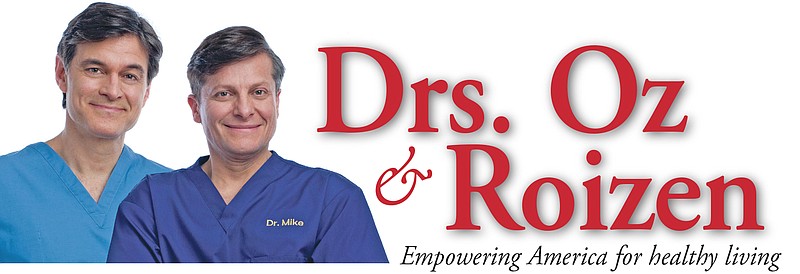When entertainers Penn and Teller use their remarkable abilities for misdirection - distracting you from what is happening right before your eyes - you fall for it time after time. Turns out it is pretty easy to fool yourself, even if you think you're being vigilant.
That's a trick some juice companies rely on to get you to buy their beverages. According to a study in AJPH, a publication of the American Public Health Association, an analysis of top-selling "juice drinks," marketed to kids found that 97% showed images of fruits on the label, but only 47% contained any of the fruits that were depicted, and 37% contained NONE of the fruits pictured on their labels.
It is such a problem that rather than changing the law, the Food and Drug Administration issued a recommendation in 2016 that says you have to look at the ingredients list on a juice bottle to determine if a drink contains real fruit - the pictures (and words) on the label don't have to make it clear. That's also true for many flavorings: For example, the FDA says current regulations allow use of terms like "maple" or "maple-flavored" on the food label without having maple syrup in the product, as long as it contains something that creates a maple taste.
We say skip juices and opt to give your child fresh fruit instead. Real fruit delivers fiber and an array of nutrients along with no added sugar or artificial sweeteners. Then give thirsty kids water in BPA-, BPS-free bottles.
Mehmet Oz, M.D. is host of "The Dr. Oz Show," and Mike Roizen, M.D. is Chief Wellness Officer and Chair of Wellness Institute at Cleveland Clinic. To live your healthiest, tune into "The Dr. Oz Show" or visit sharecare.com.
(c)2020 Michael Roizen, M.D. and Mehmet Oz, M.D.
King Features Syndicate

